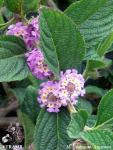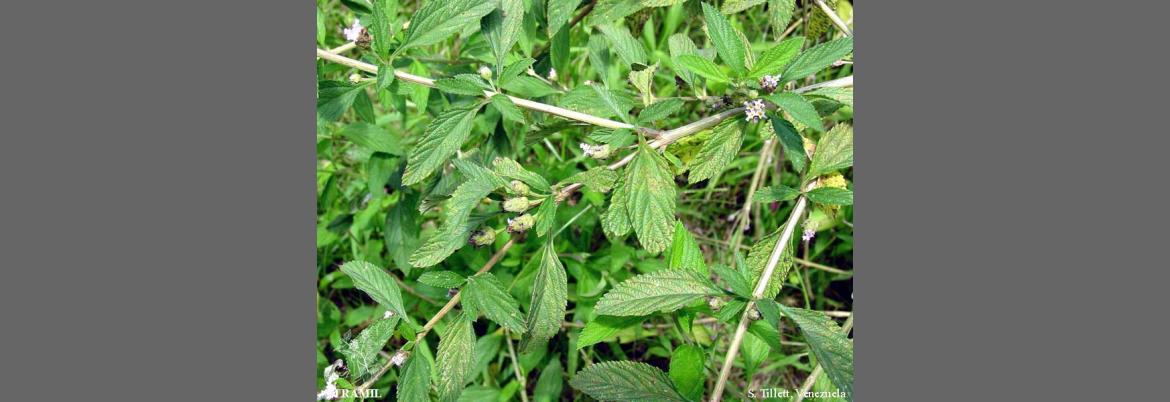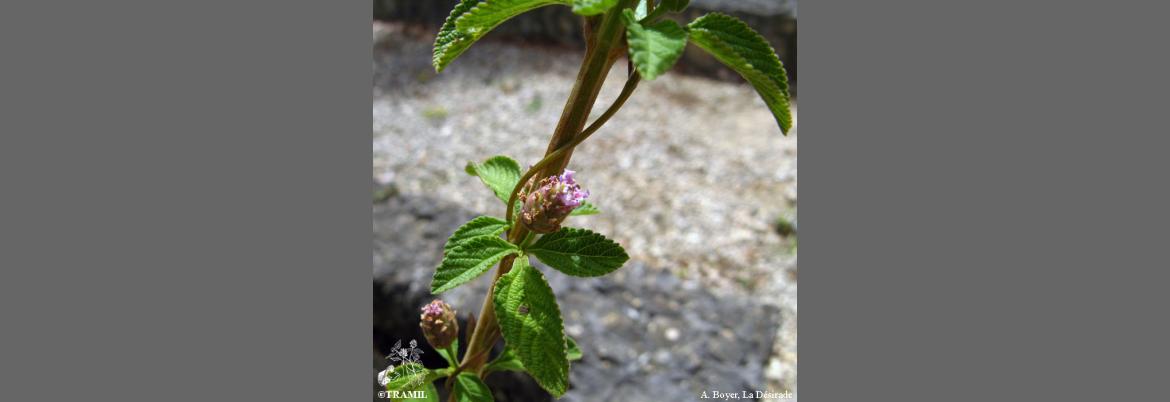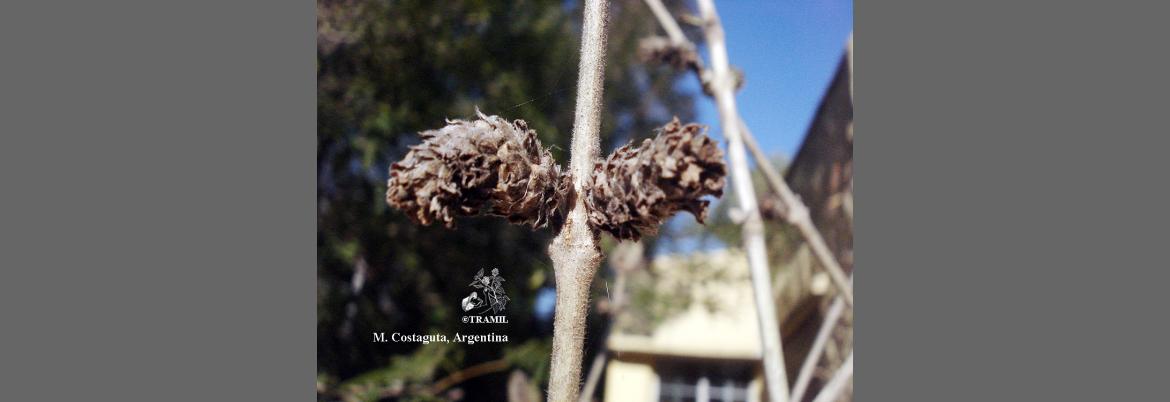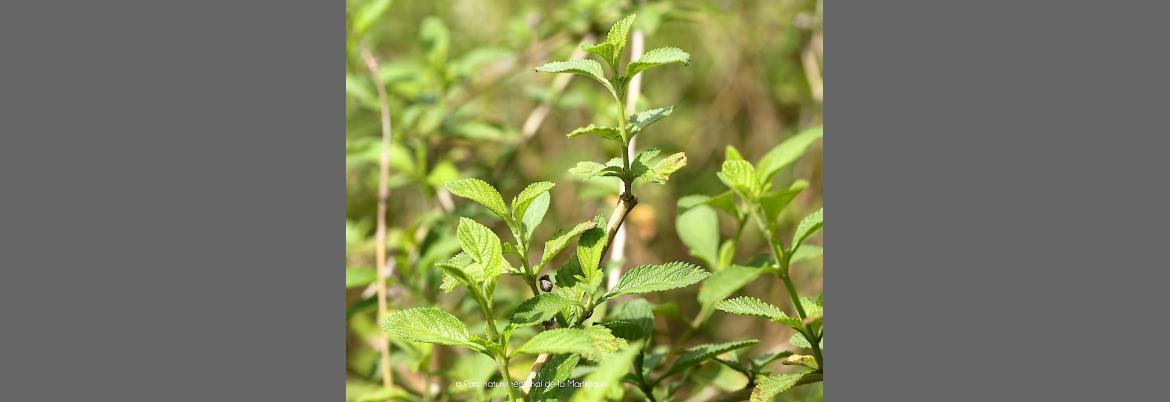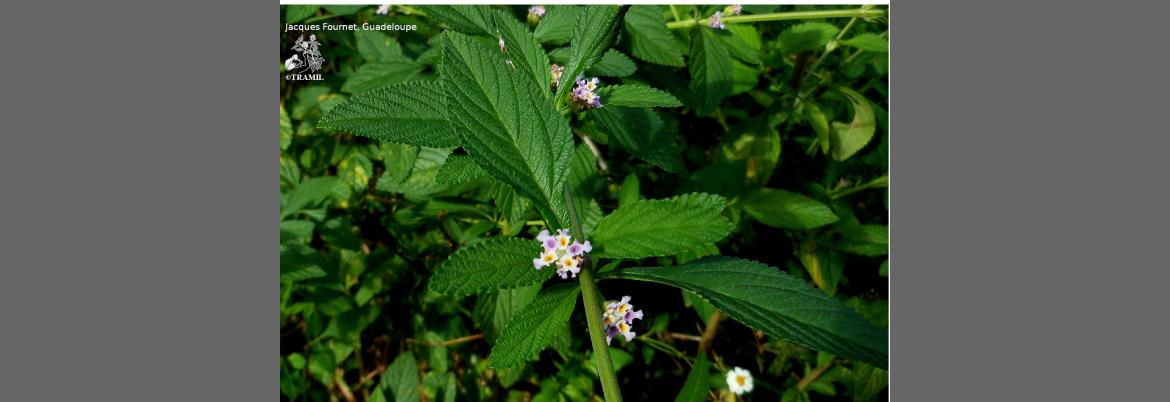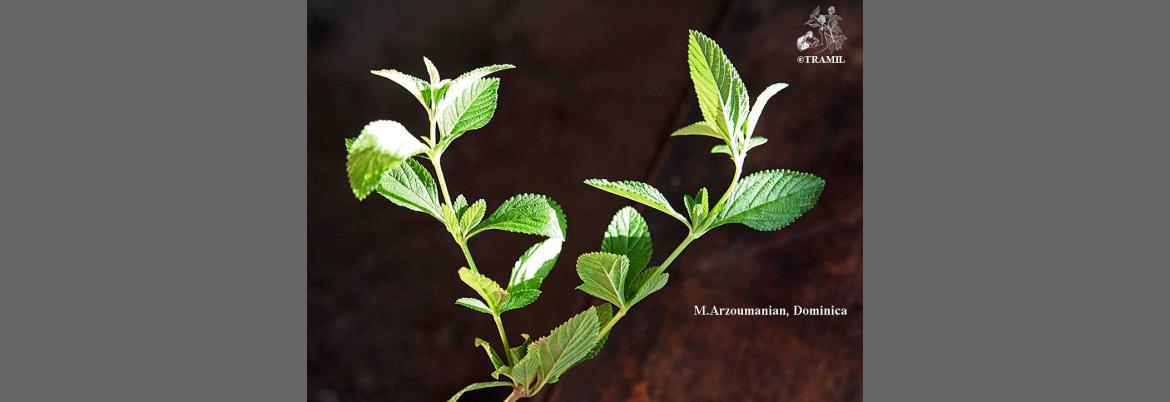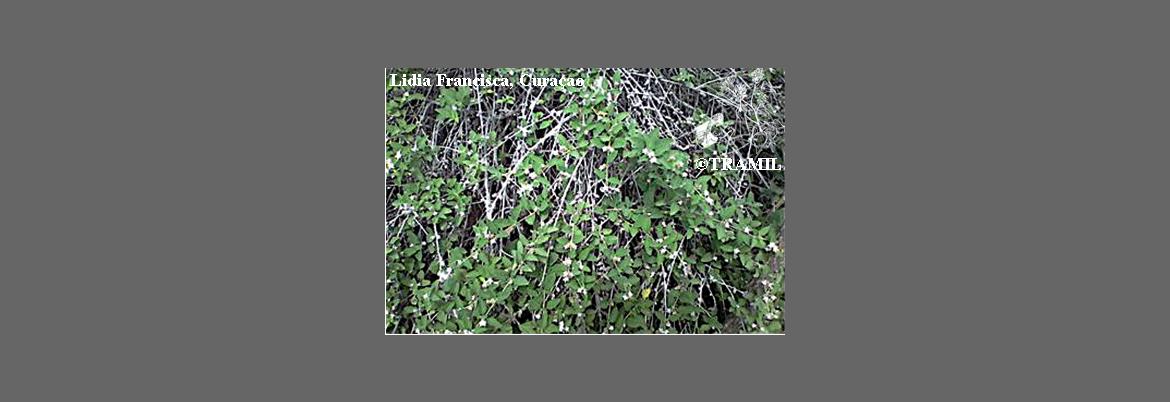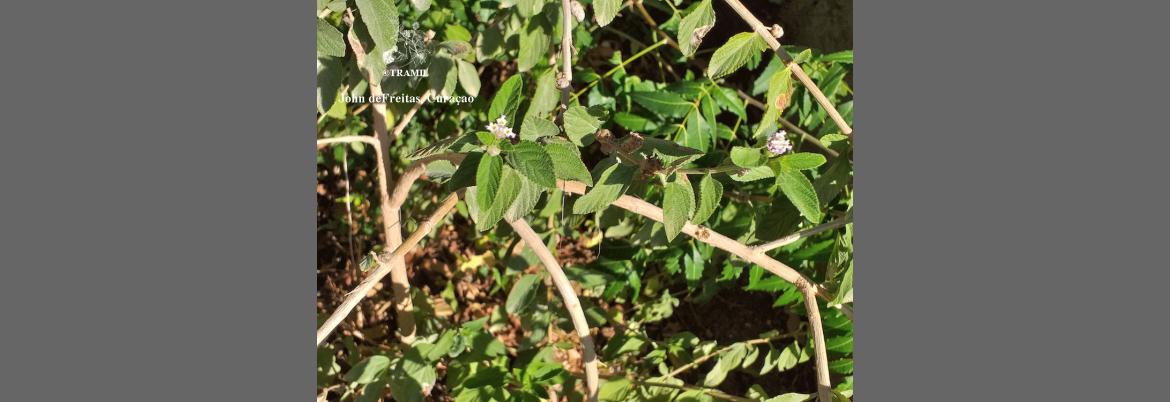1 LONGUEFOSSE JL, NOSSIN E, 1990-95 Enquête TRAMIL. Association pour la valorisation des plantes médicinales de la Caraïbe AVPMC, Fort de France, Martinique.
2 DELENS M, 1992 Encuesta TRAMIL en los Estados Lara y Sucre de Venezuela. Centro al Servicio de la Acción Popular CESAP, Caracas, Venezuela.
3 SOLIS P, CORREA M, GUPTA M, 1995
Encuesta TRAMIL (Comunidades afro-caribeñas). Centro de Investigaciones Farmacognósticas de la Flora Panameña CIFLORPAN, Facultad de Farmacia, Universidad de Panamá, Panamá, Panamá.
4 CATALAN C, MEREP D, RETAMAR J, 1977 The essential oil of Lippia alba from the Tucuman province. Riv Ital Essenze Profumi Piante Offic Aromi Saponi Cosmet Aer 59: 513-518.
5 FESTER G, MARTINUZZI E, RETAMAR J, RICCIARDI A, 1955 Some volatile essential oils. VII. Rev Fac Ing Quim 24: 37-55.
6 CASTRO DM, MING LC, MARQUES MO, TANAKA FA, 2000 Anatomic characterization and chemical composition of essential oils of different leaves of Lippia alba (Mill.) stem axis. 1er Congreso Peruano de Plantas Medicinales y Fitoterapía, 27-30 Septiembre 2000, Lima, Perú:112-114.
7 BANDONI A, 2003 Los recursos vegetales aromáticos en Latinoamérica: su aprovechamiento industrial para la producción de aromas y sabores. Buenos Aires, Argentina: CYTED, 2 ed., CD-ROM, ISBN:987-43-6072-0.
8 FISCHER U, LOPEZ R, POLL E, VETTER S, NOVAK J, FRANZ CM, 2004 Two chemotypes within Lippia alba populations in Guatemala. Flavour and Fragrance Journal 19(4):333-335.
9 BANDONI A, MENDIONDO M, RONDINA R, COUSSIO J, 1976 Survey of Argentine medicinal plants. Folklore and phytochemical screening. II. Econ Bot 30: 161-185.
10 CACERES A, ALVAREZ AV, OVANDO AE, SAMAYOA BE, 1991 Plants used in Guatemala for the treatment of respiratory diseases. 1. Screening of 68 plants against gram-positive bacteria. J Ethnopharmacol 31(2):193-208.
11 RUFFA MJ, WAGNER ML, SURIANO M, VICENTE C, NADINIC J, PAMPURO S, SALOMON H, CAMPOS RH, CAVALLARO L, 2004 Inhibitory effect of medicinal herbs against RNA and DNA viruses. Antivir Chem Chemother 15(3):153-159.
12 ABAD MJ, BERMEJO P, VILLAR A, PALOMINO SS, CARRASCO L, 1997 Antiviral activity of medicinal plant extracts. Phytother Res 11(3):198-202.
13 PASCUAL ME, SLOWING K, CARRETERO ME, VILLAR A, 2001 Antiulcerogenic activity of Lippia alba (Mill.) N. E. Brown (Verbenaceae). Farmaco. 56(5-7):501-504.
14 COSTA M, DI STASI L, KIRIZAWA M, MENDACOLLI S, GOMES C, TROLIN G, 1989 Screening in mice of some medicinal plants used for analgesic purposes in the state of Sao Paulo. J Ethnopharmacol 27(1/2):25-33.
15 VALE TG, MATOS FJA, DE LIMA TCM, VIANA GSB, 1999 Behavioral effects of essential oils from Lippia alba (Mill.) N.E. Brown chemotypes. J Ethnopharmacol 167:127-133.
16 CARBALLO A, 1994 Plantas medicinales del Escambray Cubano. Apuntes científicos.
17 GarcIa GM, Coto MT, GonzAlez CS, OCAMPO R, Pazos L, 2001 Toxicidad aguda en ratones, del extracto acuoso de hoja fresca de Lippia alba. Informe TRAMIL. Laboratorio de Ensayos Biológicos LEBI, Escuela de Medicina, Universidad de Costa Rica, San Pedro, Costa Rica.
18 PAZOS L, COTO T, GONZALEZ S, 2003 Toxicidad oral, aguda en ratón, del extracto acuoso de partes aéreas de Lippia alba var. dulce. Informe TRAMIL. Laboratorio de Ensayos Biológicos, Universidad de Costa Rica, San Pedro, Costa Rica.
19 PAZOS L, COTO T, GONZALEZ S, QUIROS S, 2004 Toxicidad oral, aguda en ratón, dosis repetidas, del extracto acuoso de partes aéreas de Lippia alba. Informe TRAMIL.Laboratorio de Ensayos Biológicos, Universidad de Costa Rica, San Pedro, Costa Rica.
20 BHAKUNI D, DHAR M, DHAR M, DHAWAN B, GUPTA B, SRIMALI R, 1971 Screening of Indian plants for biological activity. Part III. Indian J Exp Biol 9:91.
21 Code of Federal Regulations, 2004 Food and drugs. Chapter I - Food and Drug Administration, Department of Health and Human services. Part 182 - Substances generally recognized as safe. Sec. 182.10. Spices and other natural seasonings and flavorings. U.S. Government Printing Office via GPO Access, USA. 21(3):451-452. Nov.13,2004, URL: www.cfsan.fda.gov/~lrd/FCF182.html
22 BENEDETTI MD, MEJIA A, ACOSTA D, 1994 Encuesta TRAMIL. Universidad de Puerto Rico, Mayagüez, Puerto Rico.
